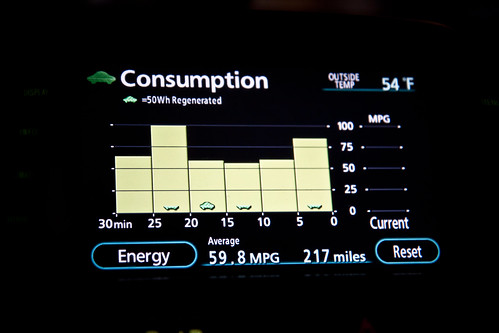Russ and I turned 70 last year, and this Friday we celebrate the 50th anniversary of getting married, which we did over spring break while we were undergraduates at Michigan State. To celebrate these two huge milestones, last summer we signed up for a birding tour to Alaska organized by Victor Emanuel Nature Tours. On June 10th, we’ll fly to Anchorage. After a day to get our bearings, we’ll fly to Nome for a five-day pre-tour extension. Then we’ll return to Anchorage for the main event, going to spots near Anchorage and to Denali and the Kenai Peninsula. Our guides will be Barry Zimmer, who has done this Alaska tour many times, and one of Russ’s and my dearest friends, Erik Bruhnke.
As I plan for any trip, step one is to examine my environmental conscience to make sure I’ve been leading as environmentally sustainable a life as possible, and to take stock of how many miles this trip will involve and the best ways for me to make up for the greenhouse gases my travel will release into the atmosphere.
When Russ and I got married, we were about as idealistic as two 20-somethings could be. From the start and ever since, we’ve analyzed every purchase we make, big and small, to make sure everything we buy was produced as sustainably as possible and will do the least possible damage to the environment. For example, our '71 Ford Pinto got the best mileage of domestic cars available then. And we always bought Era laundry detergent because it was one of the few available at the time with zero phosphates.
But as careful as we’ve always tried to be, any time I mention anything to do with travel, I get angry emails and calls from listeners livid about my taking a plane anywhere. Some focus on the frivolous nature of birding. When they fly, it’s only for work—as if traveling to see birds isn’t an essential component of my career. One man boasted that he and his wife drive to their vacation destinations, but then mentioned that those destinations are where they board a cruise ship, as if the bunker fuel cruise ships burn isn’t a huge source not just of greenhouse gases but also of devastating pollutants.
 |
| This was from our Prius--I haven't gotten around to taking a similar photo in the Niro. |
My car, a Kia Niro hybrid, gets between 55 and 60 miles per gallon most of the year, dropping to between 38 and 50 in winter, depending on temperature and road conditions. I’ve always made it a habit to drive at the slowest speed that is safe, courteous, and convenient, which makes a significant difference in mileage.
Some of the people who most strenuously criticize my flying live in the north woods, putting many more miles on their high-clearance SUVs or trucks in their day-to-day lives than I put on my hybrid during my Birding Big Year. People living outside town depend on gas-guzzling snowplows that burn orders of magnitude more fuel per customer mile than snowplows in town do. The added greenhouse gases involved in rural mail and package delivery are significant, too. The sad truth is that many people living in the woods contribute more greenhouse gases without ever getting into a plane than city dwellers who take one or two plane trips a year do, especially in recent years, because efficiencies in aircraft have improved at a much faster rate than those in cars, SUVs, and trucks.
But self-righteousness is no more warranted than casting stones. In 2019, transportation was responsible for 29 percent of carbon emissions in the United States. Any mode of transportation that burns fuel contributes to climate change, including electric cars unless the source of the electricity is 100 percent solar or wind. Every one of us is responsible for the greenhouse gases we cause throughout our lives, and the more miles we travel, the greater our responsibility.
When forests are destroyed, they not only stop taking up carbon from the atmosphere; they also release the carbon they’d sequestered, instantaneously when forests are burned. So it seems only fair in making amends for my travel to donate to organizations that effectively reforest tropical habitat. That also provides critical habitat for birds—the ideal mitigation solution for me.
But what organizations should get my donations? Jeff Price, of the Tyndall Centre for Climate Change Research in the UK, recommends the World Land Trust, which focuses on buying and protecting environmentally-threatened land in 20 different countries in Africa, Asia, and Central and South America. The U.S.-based Rainforest Trust and Rainforest Alliance do excellent work, too. Russ and I will make donations this year to all three.
Working out how to mitigate greenhouse gases is not the only hard task I face ahead of this trip. Next time I’ll talk about the one other tricky issue I’m facing. Then I can focus on the fun elements of trip preparation.
***
The Nature Conservancy focuses on restoring habitat of all kinds, which also helps sequester carbon and protect vulnerable species. The Nature Conservancy pays their CEO $818,838—that's almost seven figures—when my income seldom hits five figures (yes, it's usually under $10,000). So I figure their main focus is on "major donors" rather than small potatoes people like me. As important as their mission is and effective as they are, my membership is enough to help them—some of those major donors give their big donations on the basis of the number of memberships. This year I'll donate beyond my annual membership to the other three.


